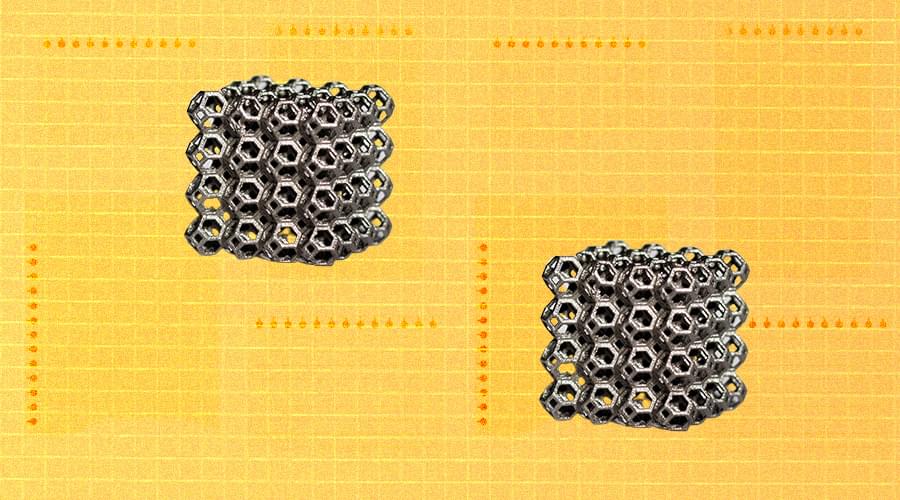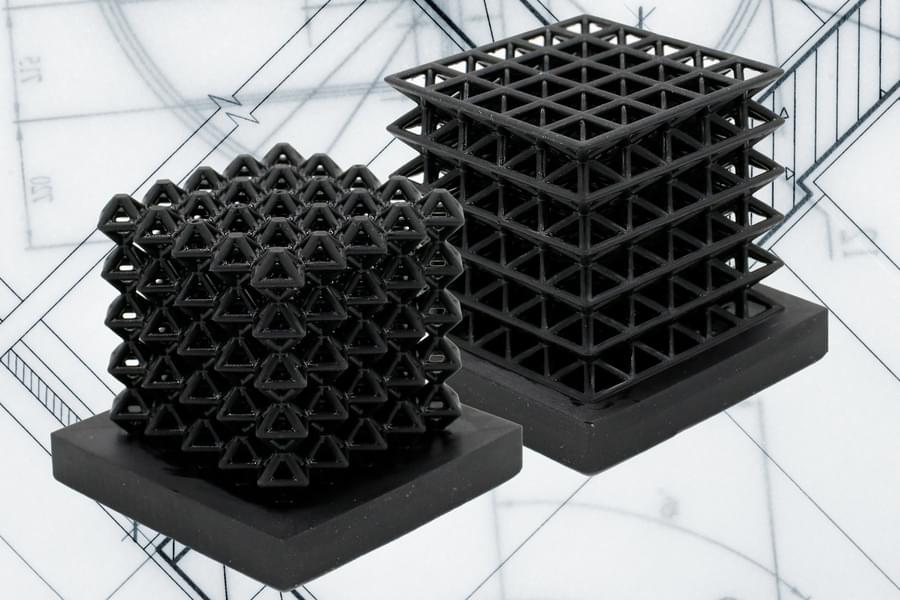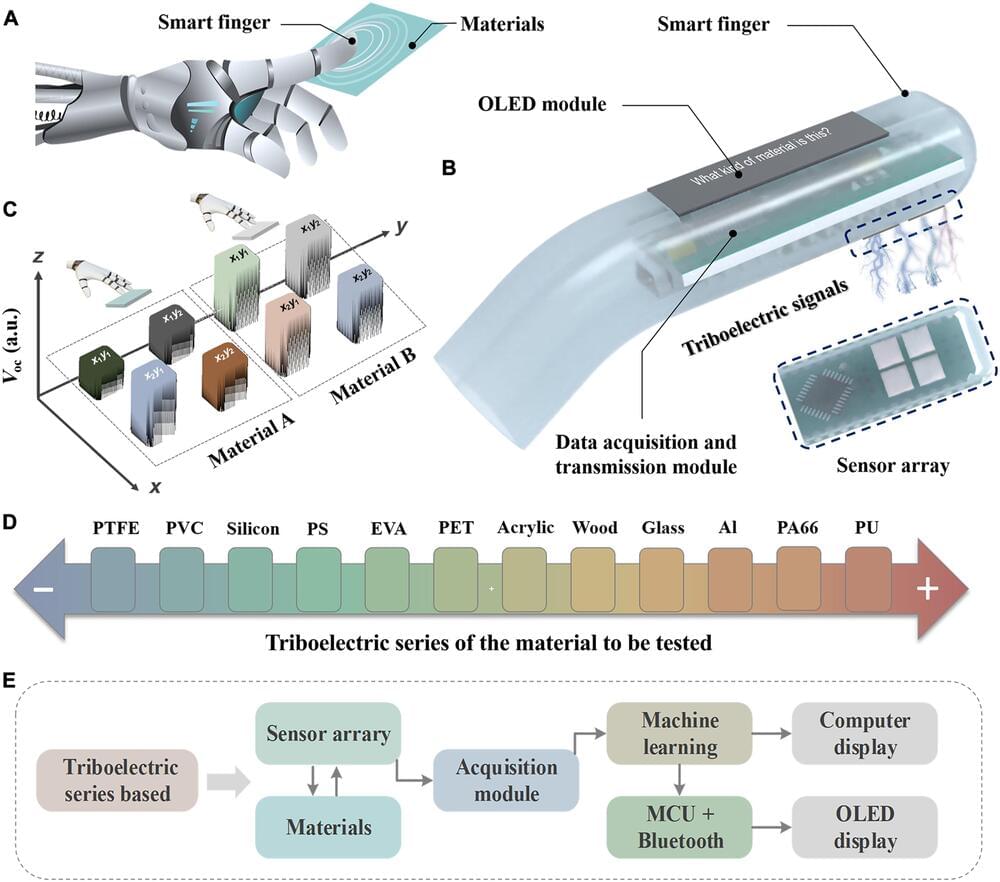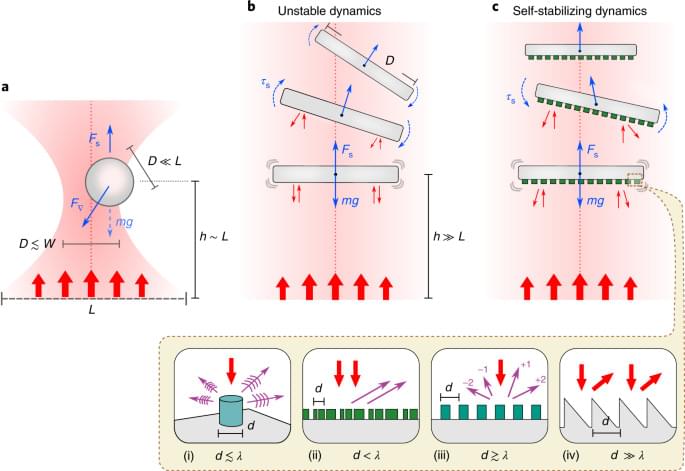Aug 12, 2022
For the First, 3D Printed Materials can Sense their Movement
Posted by Jose Ruben Rodriguez Fuentes in categories: 3D printing, materials
3D printed material:
MIT researchers manufactured objects made of flexible plastic and electrically conductive filaments. Some varieties of 3D-printed objects can now feel, using a new technique that builds sensors directly into their materials. 3D printing can be considered printing, although not as it’s traditionally been defined. The method opens opportunities for embedding sensors within architected materials, a class of materials whose mechanical properties are programmed through form and composition.
The researchers also created 3D editing software, known as MetaSense, to help users build interactive devices using these metamaterials. The new technique 3D-prints objects made from metamaterial substances made of grids of repeating cells. It was designed to conform to a person’s hand. When a user squeezes one of the flexible buttons, the resulting electric signals help control a digital synthesizer.
















